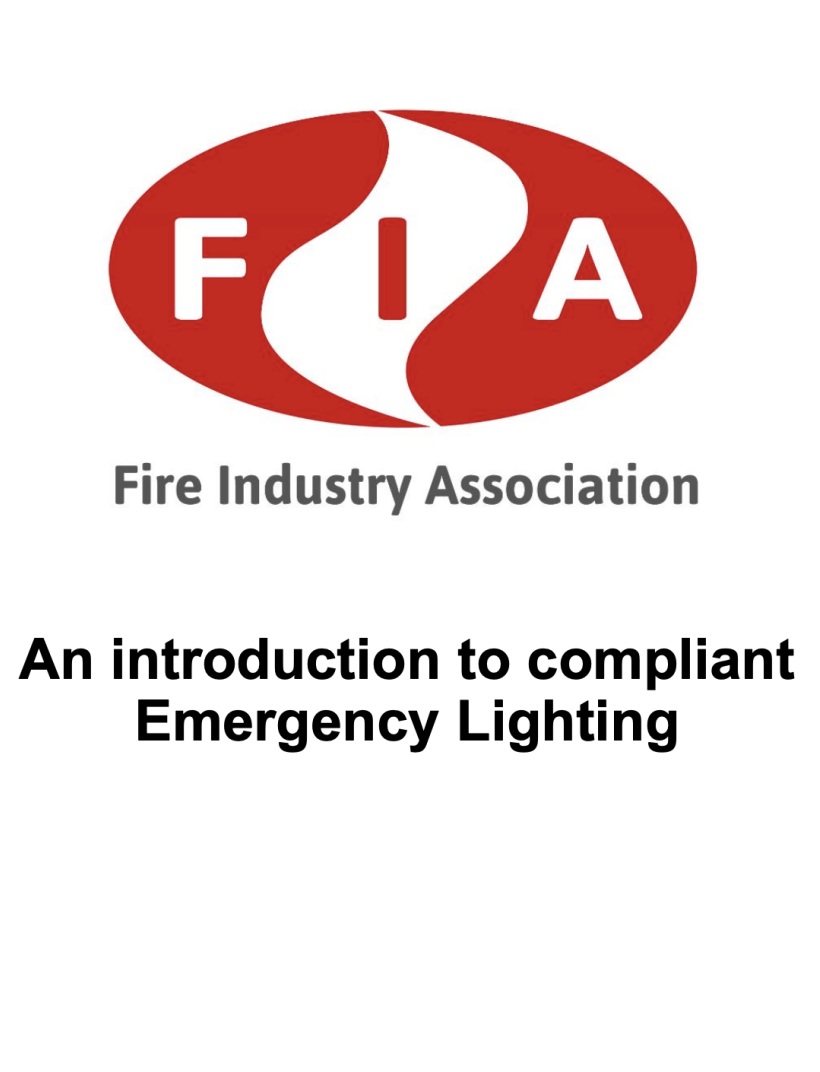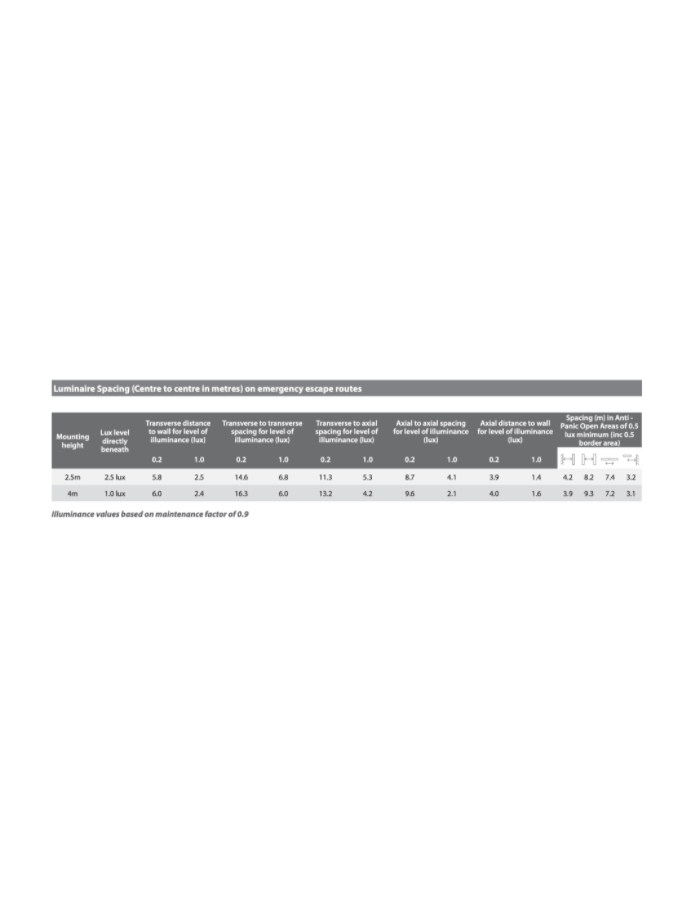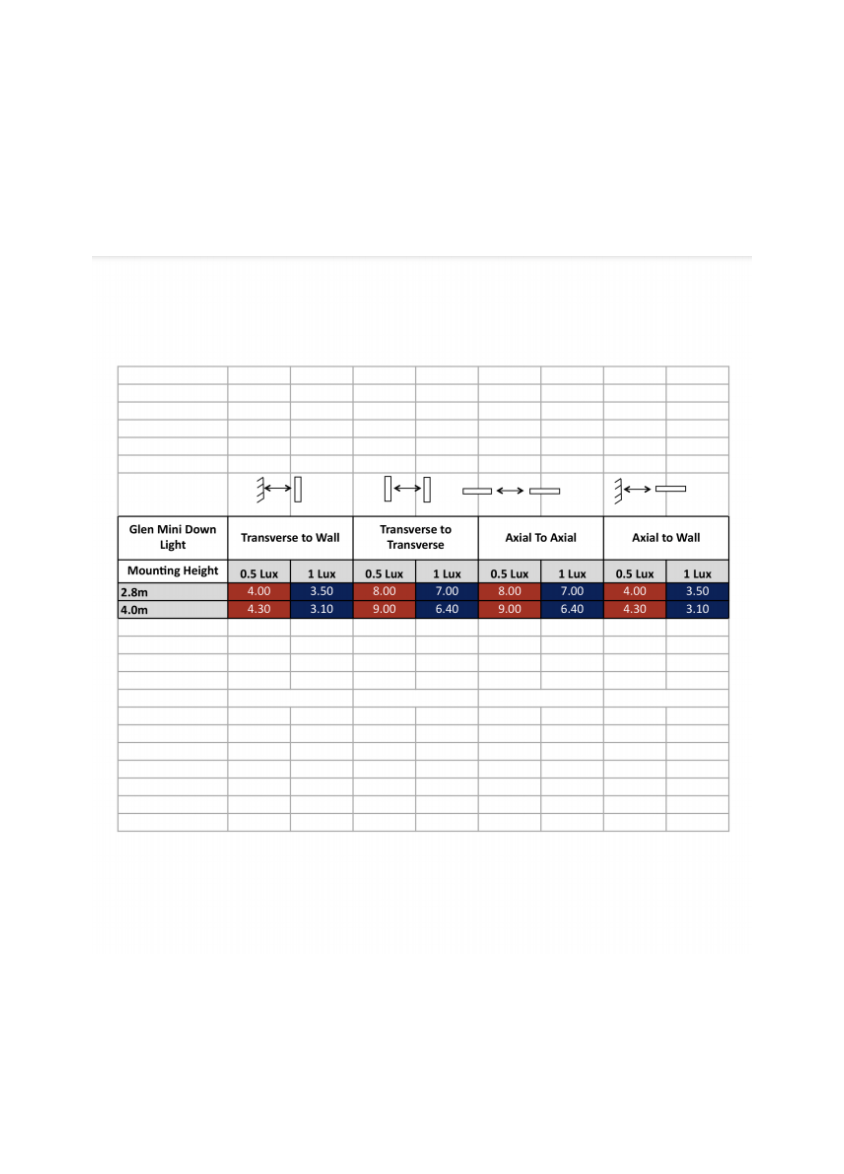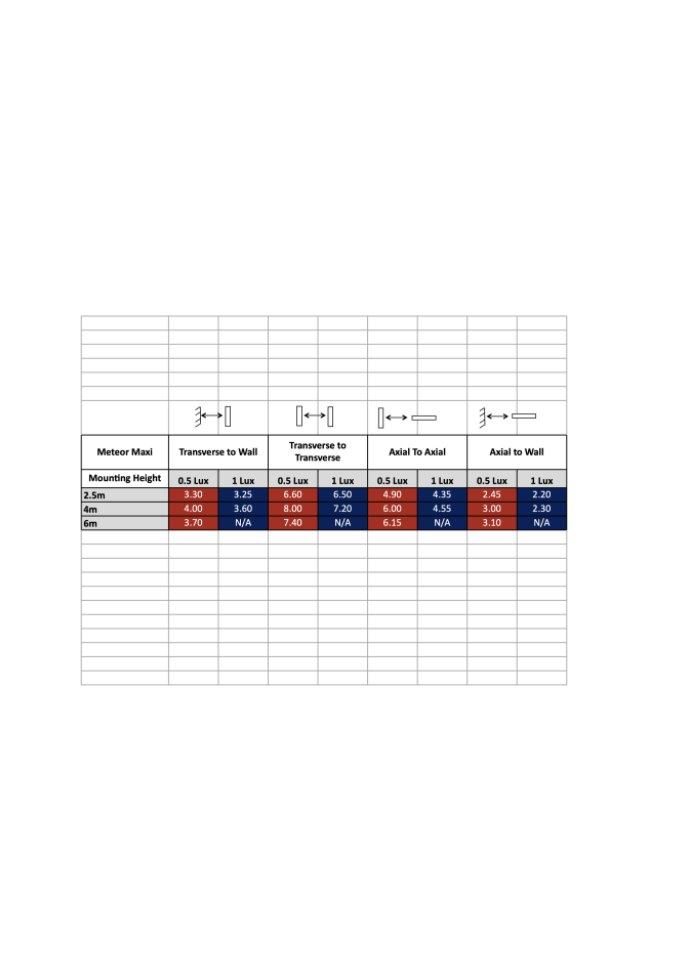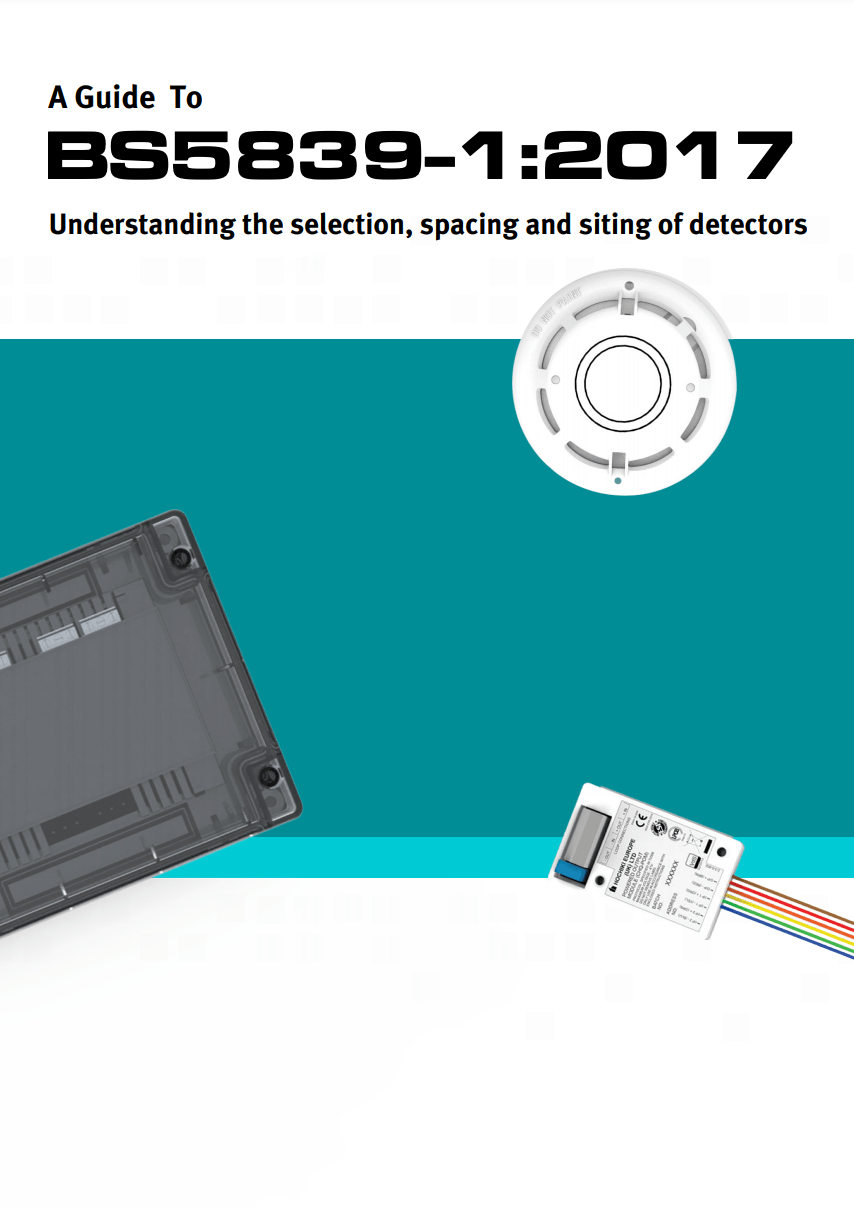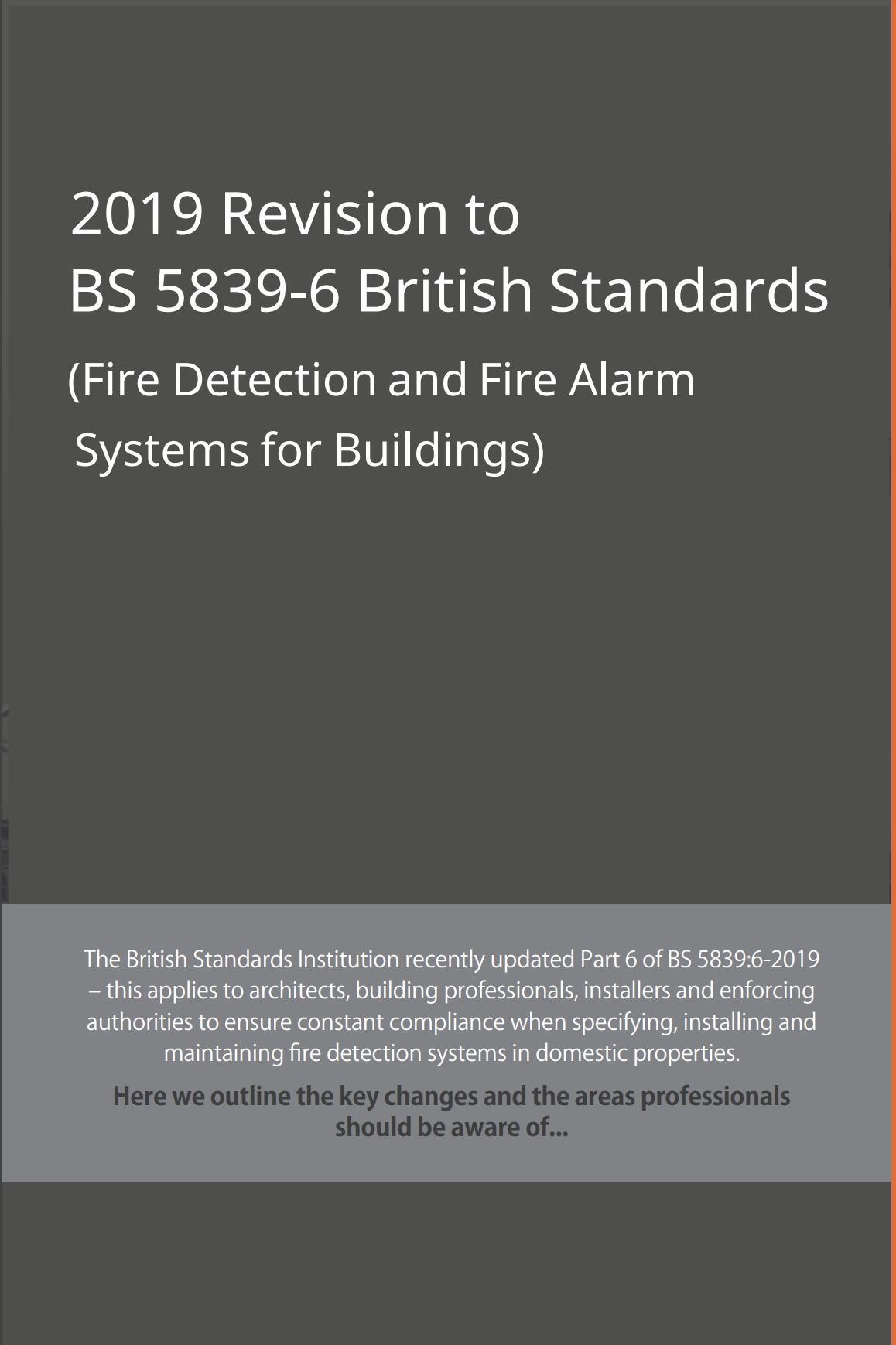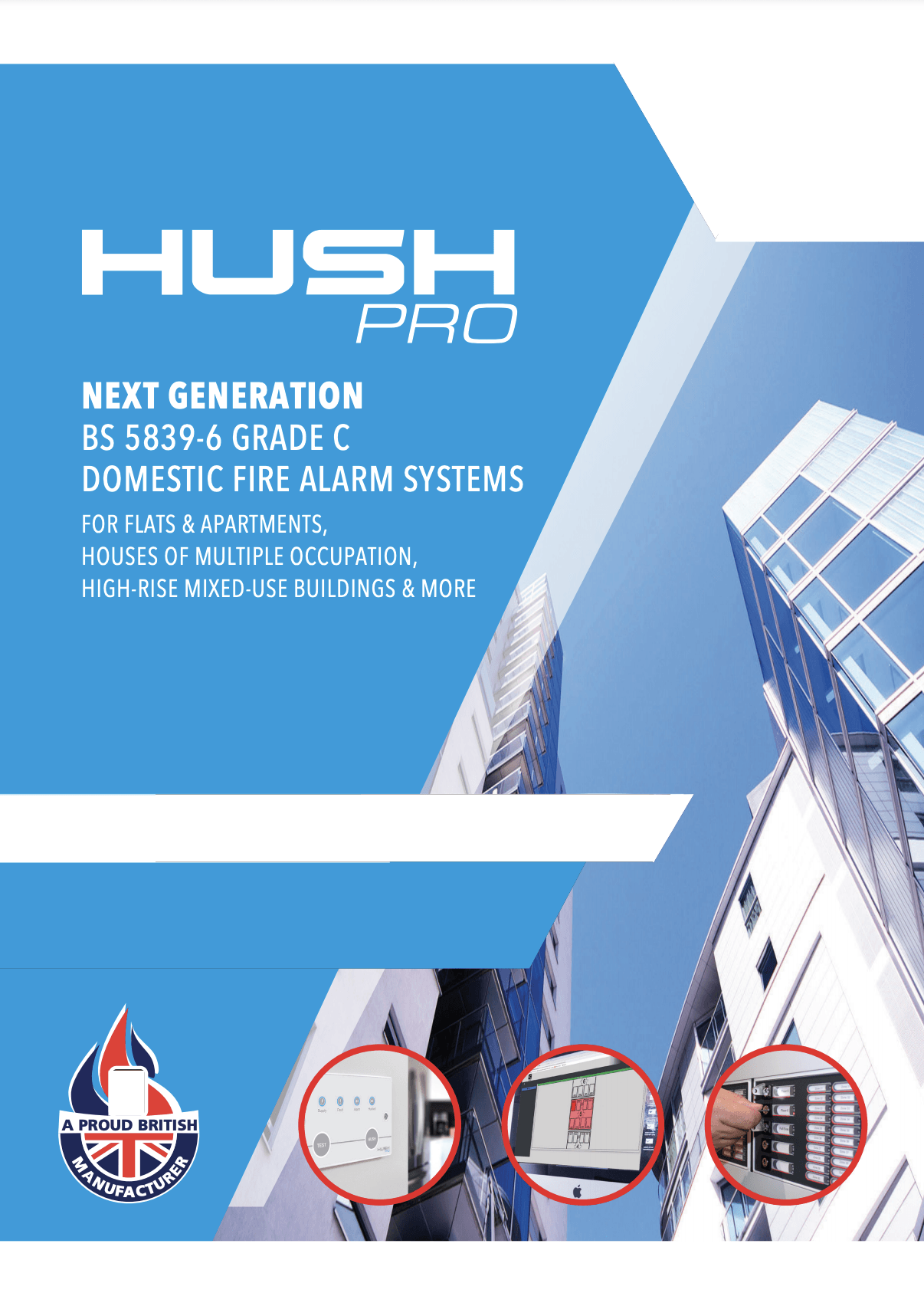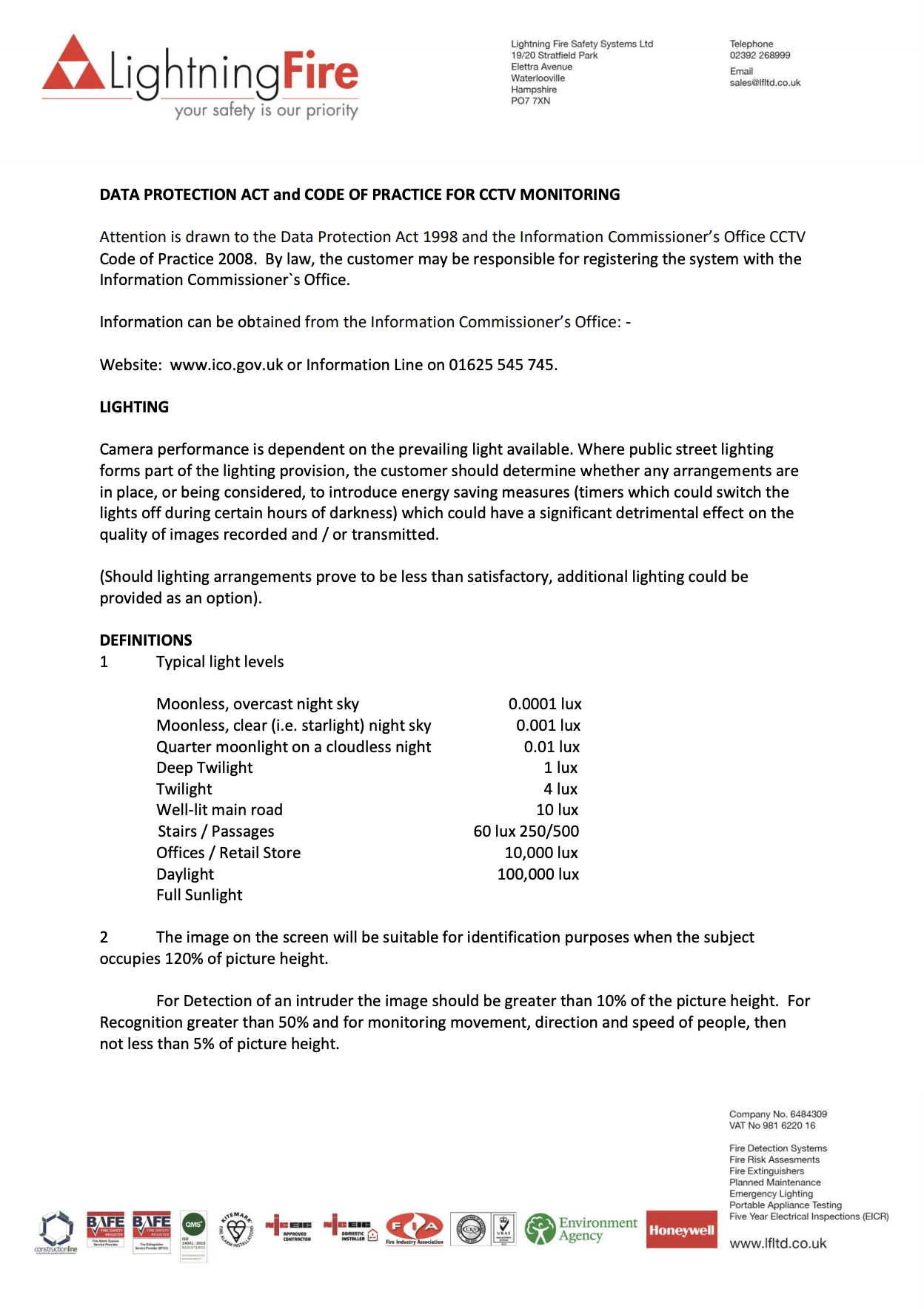Knowledge Hub
Please see below our useful guide including technical information and system design guidance, as well as British Standards and other regulations pertaining to the Electrical, Emergency Lighting, Fire Alarm and Security sectors.
Fire Evacuation Alert Systems – the new BS8629:2019
- What is this standard about?
This new British Standard provides guidance on how to install a communication system that advises residents of flats to evacuate.
It is not to be confused with fire detection and alarm systems as evacuation alert systems are for use by the fire and rescue service only, which may in the course of managing a fire incident want residents to evacuate sections of a floor, an entire floor or even the entire building.
Using an evacuation alert system, residents can be directed to evacuate via alarms sounded in each flat.
This standard exists to help ensure that systems are fit for purpose and to encourage uniformity. If systems look and function the same way in every building firefighters won’t waste any time understanding how they work.
- Who is this standard for?
- Fire and rescue services
- Building managers
- Manufacturers of evacuation alert systems
- Why should you use this standard?
This standard makes recommendations on the design, installation, commissioning and maintenance of evacuation alert systems for use by the fire brigade and rescue service in buildings containing flats.
The objective is to provide a safe and reliable tool to assist in the evacuation of a building containing flats in whatever manner is considered appropriate by the fire brigade and rescue services.
Typically these systems are for high-rise blocks of flats but the standard also includes any building including flats irrespective of size or height.
The standard does not recommend whether an evacuation alert system should or should not be installed in any given building.
These systems are not to be regarded as fire detection and fire alarm systems, and the systems do not include fire detectors or call points.
The standard only covers systems only intended for use by the fire and rescue service.
It does not cover portable, manually operated devices such as air horns or hand bells.
It does not cover systems where warning of occupants is given by a speech message or for a system where there is a facility for two-way speech communication.
Electrical Testing
Over time, electrical installations and systems will begin to deteriorate through age and wear. This deterioration has the potential to become a risk if the faults are not caught in time; hazards such as electric shocks, short-circuits and electrical fires all become a very real threat. Regular checks are therefore of paramount importance to ensure safety and are mandatory by law under the Electricity at Work Regulations 1989 and IET Wiring Regulations, BS 7671:2008.
Typical remedial works include replacements and upgrades to distribution boards and to lighting circuits as well as replacement and or new sockets and light fittings and general fault finding.
- The frequency of testing
The frequency of this testing varies greatly by the environment and nature of the building, but the regulations, which set the standard for electrical installations in the UK, recommends the following:
Homeowners – Should have an EICR test every 10 years (unless the property has a swimming pool, in which case the recommendation is for testing every year)
Landlords – Should have an EICR test every year or whenever there is a change of tenancy
Business Owners – Should have a complete EICR test every 5 years, or 20% yearly.
- What is an EICR?
An electrical inspection condition report (EICR) is an in-depth assessment of the condition of the fixed wiring and accessories of an electrical installation, with the report categorising the competency of any faulty electrics into one of three brackets:
C1 - Danger exists and immediate attention is required
C2 - Potential for danger and remedial action is needed urgently
C3 - Improvement to your electrical system is recommended but not required. This is the only classification code that can appear on a report and have it still pass the EICR.
Lightning Safety Systems are qualified to carry out EICR testing and electrical inspection, as well as any subsequently required remedial works of your premises, to ensure there are no present dangers, keeping you safe, compliant, and able to trade.
Pub owner jailed for 9 years after death of boy, 7, electrocuted by pub garden lights - Mirror Online
A pub landlord has been jailed for nine years following the death of a seven-year-old boy who was electrocuted in a pub garden by faulty lights installed by an electrician.
The electrician himself, 74-year-old brother-in-law Colin Naylor, was jailed for a year.
Please see the article below of the dangers, tragic consequences and legal ramifications of unsafe installations.
Emergency Lighting
The British Standard for emergency lighting is BS5266.
An Introduction To Compliant Emergency Lighting
Emergency Lighting Spacing Table
Fire Safety
Please see below information on British Standards for commercial and residential fire alarm systems.
Commercial Fire Alarm Systems Standard BS5839-1:2017
Domestic Fire Alarm Systems Standard BS 5839-6
HUSH PRO - Next Generation Domestic Fire Alarm Systems
Fire Angel Systems
Security
Please see below an overview of system design and technical information for security systems.
General CCTV Guide
Floor Plans
* BS EN 60839-11 is a suite of European Standards which have been adopted as a British Standard which cover system design, installation and equipment.
BS 7958:2009 CCTV management and operation code of practice
BS EN 62676-1-1:2014 Video surveillance systems for use in security applications. System requirements. General.
BS EN 62676-1-2:2014 Video surveillance systems for use in security applications. System requirements. Performance requirements for video transmission.
BS EN 62676-2-1:2014 Video surveillance systems for use in security applications. Video transmission protocol. General requirements.
BS EN 62676-2-2:2014 Video surveillance systems for use in security applications. Video transmission protocol. IP interoperability implementation based on HTTP and REST services.
BS EN 62676-2-3:2014 Video surveillance systems for use in security applications. Video transmission protocol. IP interoperability implementation based on Web services.
BS IEC 62676-4:2014 Application guidelines.
BS 8591:2014 Remote centers receiving signals from alarm systems.
BS 7858:2012 Security screening of individuals employed in a security environment. Code of practice.
BS 8418:2015 Installation and remote monitoring of detector activated CCTV systems. Code of practice.
BS 7499:2013 Static site guarding and mobile patrol service. Code of practice.
BS EN 62676-3 Video surveillance systems for use in security applications. Analog and digital video interfaces.
Document BS EN 50133 - Alarm systems. Access control systems for use in security applications.
This is a multi-part document divided into the following parts:
Part 1: Alarm systems. Access control systems for use in security applications. System requirements.
Part 2-1: Alarm systems. Access control systems for use in security applications. General requirements for components.
Part 7: Alarm systems. Access control systems for use in security applications. Application guidelines.
Intruder Alarm Systems
While there are many different systems available, they tend to fall into two main categories: a wireless system or a wired system.
Traditionally, a wired intruder alarm system is the most commonly used. Created before its wireless counterpart, wired systems consist of a main control panel, break glass sensors, motion sensors, and panic alarms. Each sensor on the system is connected via wires that are hidden from sight, leading back to the control panel to feed back any detection.
Wireless systems convey detection to the control panel via radio frequencies, making them suitable for installations where wires aren’t viable. Installing a wireless system is much quicker than a wired system – depending on the size and nature of the installation, you can expect to reduce installation time by 30%-50%.
- Please note, wireless systems can be approved to grade 2 while wired systems can be approved to grade three or four.
Grade 1 Intruder Alarm Systems
Premises that require a grade 1 security system are unlikely to be targeted by criminals. The biggest security risk is from opportunistic thieves with little knowledge of alarm systems.
This type of intruder alarm system is most commonly installed at domestic properties, where the inclusion of an alarm is not required for insurance purposes. It guards against intruders who are most likely to break in and enter through a front or back door.
Grade 2 Intruder Alarm Systems
An EN50131 grade 2 alarm system is required for buildings that house valuable property. This could result in a higher risk of theft as the property may attract the attention of more experienced criminals.
Shop security;
Potential intruders may be more savvy thieves who carry tools, have knowledge of intruder alarms and consider accessing the building through windows, as well as doors. A grade 2 wireless alarm system or hard wired alternative is therefore required to defend against this.
Examples of a property where a grade 2 alarm would typically be appropriate is a low-risk commercial property with a cash register such as a bakery, florists or hairdressers.
Grade 3 Intruder Alarm Systems
Alarms that fall under this security grade need to protect against a more substantial threat of theft.
The property in question contains high-value contents and this is expected to catch the attention of a more seasoned criminal. These types of thieves have experience in tampering with intruder alarm systems and carry tools and equipment to overcome them.
An EN50131 grade 3 alarm system is sophisticated enough to protect against this higher threat of crime and is usually installed at most commercial premises such as a newsagent or a department store.
Grade 4 Intruder Alarm Systems
Grade 4 alarm systems are the most sophisticated available. They are required to protect extremely high-risk commercial properties, which house highly valuable contents.
An example of a relevant property would be a bank, art gallery, high-end jewellers or office that deals with classified information.
These kinds of properties could warrant the attention of a well-organised thief, who may not be working alone. These types of criminals may well have the knowledge and equipment required to prevent detection.
They may consider all possibilities when it comes to breaking and entering the property, including access via the ceiling or floor.
All Rights Reserved | Lightning Fire Safety Systems Ltd are trading as Lightning Safety Systems Ltd | Privacy Policy | Website Usage | Ts & Cs


